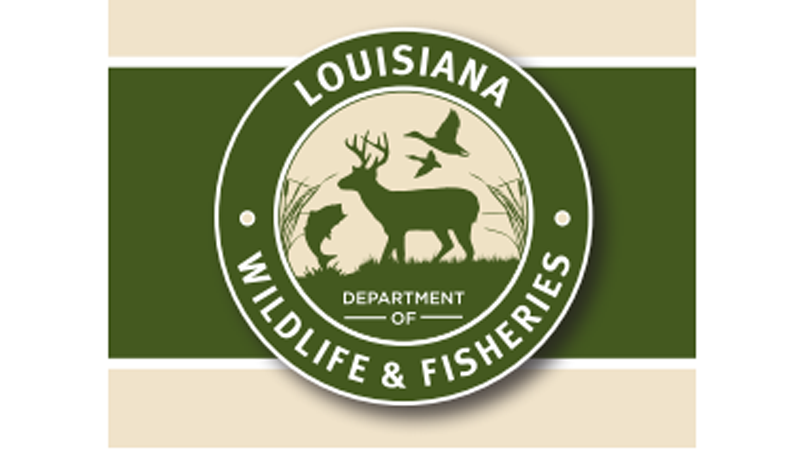Winter storms’ impact on aquatic vegetation looks promising
Published 12:00 pm Sunday, March 28, 2021
|
Getting your Trinity Audio player ready...
|
The prolonged sub-freezing temperatures that engulfed the state in February have had a significant impact on invasive aquatic weeds such as giant salvinia and water hyacinth. While the big chill didn’t eradicate the lake-choking plants, the good news from the Louisiana Department of Wildlife and Fisheries (LDWF) is that giant salvinia coverage was reduced by more than 95%.
LDWF biologists, who continue evaluating vegetation coverage after the winter storms, have found varied results throughout the state. Smaller quantities of viable giant salvinia plants have been found in waterbodies where it was previously located.
In north Louisiana, waterbodies such as Turkey Creek Lake, Lake Darbonne and Caney Creek Reservoir are not yet showing signs of active vegetation growth – a positive indicator that there has been an extensive kill of giant salvinia. Other waterbodies like Caddo Lake, Lake Bistineau, Black Lake and Saline Lake, which had more extensive vegetation accumulations going into the winter, are already showing signs of active vegetation growth. However, much of the previously present giant salvinia has died and fallen out.
There is still some residual dead and dying plant material in some north Louisiana lakes, and it is expected that these aquatic weeds will continue to decompose and sink over the next several weeks.
In south Louisiana, minimal amounts of salvinia have been observed. However, it is likely that pockets of the plant remain hidden throughout the marsh and will grow as daily temperatures increase. Water hyacinth continues to be the biggest aquatic weed concern in south Louisiana. The winter storm in February burned the leaves off of most hyacinth plants, and it killed many; but the remainder have since leafed out and will likely grow substantially over the next two months.
LDWF biologists will continue to assess lakes statewide. LDWF herbicide spraying crews will target lakes with chronic giant salvinia issues. This will help to maximize the decreased plant coverage that resulted from the winter storms. In addition, the department will continue to use various methods to combat undesirable aquatic vegetation, including drawdowns, biological controls such as salvinia weevils, and private contractor spraying when it becomes necessary and as funding allows.
To report areas with concerning amounts of vegetation, please visit https://fs30.formsite.com/





